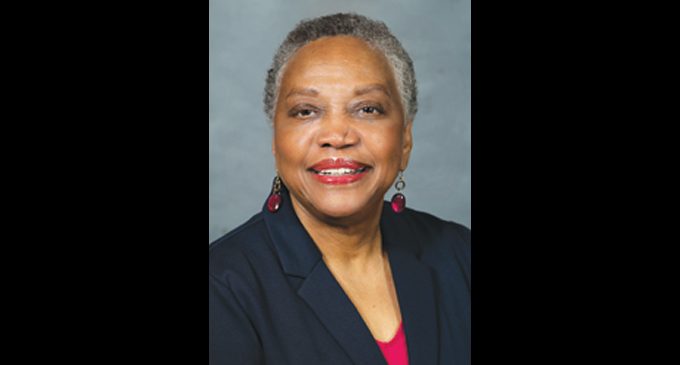Democrats concerned as GOP begins judicial redistricting process

When the Republican-led N.C. General Assembly reconvenes for its second Special Session of the year on Wednesday, Oct. 4 at noon, expect judicial redistricting to be front in center. That point was made clear this week when the House Select Committee of Judicial Redistricting gaveled in Tuesday to begin the process of determining how North Carolina’s District and Superior Court maps will be changed.
Because Republicans are pushing for this, Democrats are naturally concerned as to why, and why now.
“I am extremely concerned about the HB 717 judicial maps that force District Court judges of the same political [party] to compete in a primary,” state Rep. Evelyn Terry (D-Forsyth) recently said. “That equates to worse. It’s called double bunking.”
Also on the redistricting chopping block, prosecutorial districts, from where local district attorneys are elected, and serve.
All of this is the result of a surprise bill, HB 717, introduced in June right before the end of the regular long session by Rep. Justin Burr (R-Stanly). Because there wasn’t much time to properly hold hearings or debate the measure, it was put on hold until either the planned August or October special sessions. Given that the August session was mostly taken up with redrawing the legislative districts maps because of unconstitutional racial gerrymandering, the upcoming October special session is the chosen time for judicial redistricting to come front and center.
According to the proposed judicial/prosecutorial redistricting maps released Tuesday, among the Superior Court district splits are Forsyth, Guilford, Wake, Durham, New Hanover, Mecklenburg and Pender, among others. Some observers say they look very similar to the racially gerrymandered legislative maps that were ultimately thrown out by the federal courts.
Burr readily admits that the maps were done in secret, as to protect them, ironically enough, from judicial scrutiny.
“They would have fought me,” Burr told WRAL-TV in July. He added that the reason for redistricting the judicial districts is because of a “longstanding imbalance” of Democrat judges to Republicans historically. “This is about making good policy,” he said.
Democrats in the legislature counter that this is about redrawing the district lines in order to elect more Republican judges to the bench, increasing the likelihood of winning more court decisions for GOP policies, especially with Democrats now holding the majority on the state Supreme Court.
Rep. Burr has called it “correcting gerrymandered districts.”
No one from the judiciary or state conference of district attorneys in North Carolina was consulted in the drawing of the maps, Burr confirms. However, under constant pressure, Rep. Burr did travel throughout the state, speaking with judges and district attorneys about the need for the redistricting.
Burr has said that race was not considered among the criteria used to redraw the judicial maps. Only geography, caseload, population and resources.
The last time judicial districts were changed was 62 years ago, and most experts agree that the time to refresh them is long overdue. But they caution that the process should be handled by an established nonpartisan body to ensure that all North Carolinians have equal access to the state’s court system, regardless of where they live in the state, not for partisan advantage.
Unlike congressional and legislative redistricting maps, there is no 10-year mandate to redraw judicial districts. Congressional and legislative redistricting is predicated on the change in U.S. Census population figures, which are taken every ten years.
Constitutionally, those districts are also governed by the “one-man-one vote” principal, which seeks to make every congressional and legislative district equal in population, plus or minus 5 percent.
But with judicial districts, there is a question as to whether any constitutional mandate exists. And there is also question as to whether the 1965 Voting Rights Act applies to judicial redistricting as well.
According to Judge Marion Warren, director of the N.C. Administrative Office of the Courts (AOC), said during Tuesday’s select committee hearing that he’s had some Superior Court judges who were “incredibly upset,” complaining to him about the proposed judicial “gerrymandering.” Judge Warren did maintain that the AOC did not draw the proposed maps.
Rep. Marcia Morey (D-Durham), a former Durham District Court judge for 18 years, said during the hearing that she talked to 20 District Court judges, and “… not one agreed with the maps.”
And some Superior Court judges have generally said they are willing to allow the redistricting process to “play out,” but others are “very upset” with what they see the maps do, like double-bunking sitting judges.
The House Select Committee on Judicial Redistricting is expected to meet again on Thursday, Sept. 21. There is no word as to when the state Senate will address this matter.















